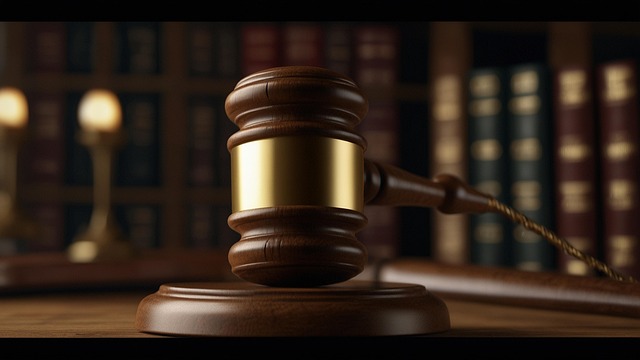Modern technology challenges DUI legislation by introducing new methods of impaired driving and complicating law enforcement. Loopholes may arise due to evolving technologies like AI and autonomous vehicles. To address these gaps, laws must adapt to maintain their effectiveness, ensuring relevant deterrents against drunk driving as society advances digitally.
In the rapidly evolving digital landscape, tech solutions play a pivotal role in future-proofing law enforcement practices. This article delves into the critical areas of identifying loopholes in DUI (Driving Under the Influence) legislation and explores how technology integration can enhance safety measures. By examining current DUI laws, we uncover gaps that innovative technologies can fill, ensuring public safety while adapting to emerging trends. Understanding these aspects is crucial for staying ahead in the war against impaired driving.
- Identifying Loopholes: Understanding Current DUI Laws
- Tech Integration: Enhancing Safety Measures
- Future-Proofing: Adapting Legislation for Emerging Technologies
Identifying Loopholes: Understanding Current DUI Laws

DUI (Driving Under the Influence) legislation, while designed to protect public safety, is not without its complexities and potential loopholes. In many jurisdictions, these laws are based on blood alcohol content (BAC) levels, with strict penalties for drivers exceeding the legal limit. However, there are instances where existing legislation falls short in addressing emerging technological advancements. For example, the rise of autonomous vehicles raises questions about how to interpret DUI laws when a self-driving car is involved. If a driver handovers control to an advanced AI system, does it still constitute driving under the influence?
Identifying these loopholes in DUI legislation is crucial for future-proofing legal frameworks. As technology evolves, so do the ways individuals interact with vehicles. Lawmakers must stay abreast of innovations such as autonomous driving software, advanced driver assistance systems (ADAS), and alternative forms of transportation powered by alcohol or other substances. By proactively addressing these technological developments, they can ensure that DUI laws remain effective in deterring impaired driving while keeping pace with societal changes.
Tech Integration: Enhancing Safety Measures

The integration of technology into law enforcement has revolutionized safety measures, particularly in areas like drunk driving (DUI) legislation. Modern tech solutions offer sophisticated tools to combat loopholes that once allowed offenders to evade punishment. With advanced breathalyzer devices and real-time data analysis, officers can now conduct more accurate and immediate tests, reducing the chances of false positives or negatives.
Furthermore, digital record-keeping and automated license plate recognition systems enable authorities to efficiently track and monitor individuals involved in DUI incidents, ensuring better accountability and faster justice. These tech-driven enhancements not only strengthen legal proceedings but also contribute to a safer society by deterring potential offenders.
Future-Proofing: Adapting Legislation for Emerging Technologies

As technology advances at a rapid pace, existing legislation often struggles to keep up, leading to potential loopholes and challenges in regulating emerging fields such as artificial intelligence, blockchain, and autonomous vehicles. Future-proofing laws is crucial to ensure that legal frameworks remain relevant and effective in a rapidly changing digital landscape. This involves proactive adaptation to new technologies, addressing current and anticipated risks, and fostering innovation while maintaining societal standards and safeguards.
For instance, the traditional DUI (Driving Under the Influence) legislation may face significant adjustments when autonomous vehicles become more prevalent. The current legal framework primarily focuses on human drivers, leaving unclear how to enforce and interpret laws regarding self-driving cars. Future-proofing in this context requires redefining responsibilities, establishing new standards for vehicle safety and data privacy, and potentially creating guidelines specific to AI-driven vehicles to bridge the gap between current and future technologies.
As we navigate an era defined by rapid technological advancement, it’s crucial to recognize that existing DUI laws may contain hidden loopholes. By understanding these gaps, legal professionals and policymakers can work together to integrate cutting-edge technology into safety measures, ensuring future-proof legislation that keeps pace with evolving transportation and mobility solutions. This proactive approach is essential to adapt to emerging technologies while maintaining public safety on our roads.






